I use to look down at moyashi. I saw it as a tasteless vegetable that's used as a cheap filler. I'll admit it, I was wrong. After creating this luxurious-tasting, yet low-cost recipe, I have a new appreciation for the mighty moyashi.
Jump to Recipe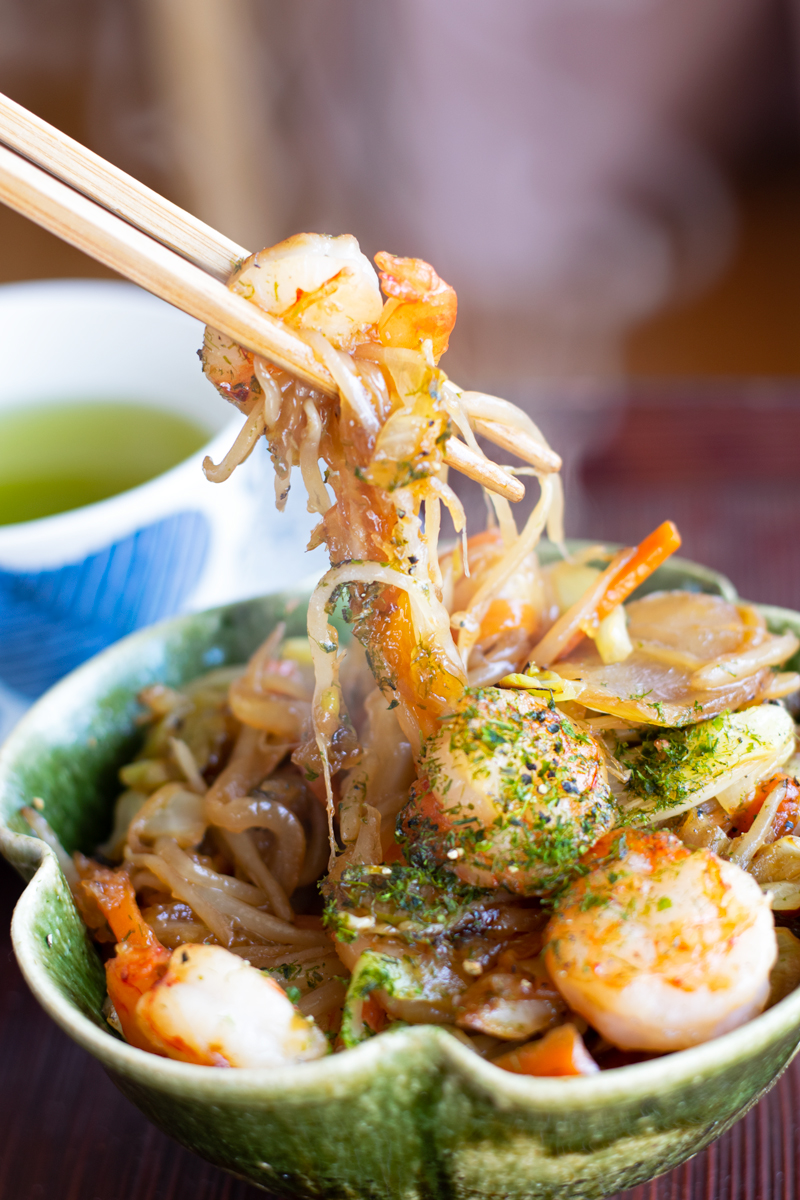
What is Japanese moyashi?
The meaning of moyashi is bean sprouts.
Bean sprouts are the young shoots that grow from beans. They have a long, white stem. One end is rounded, usually darker in color. The other end tapers to a point.
Bean sprouts are used to add volume and crunchy texture to Japanese-style or Chinese dishes.
Despite being inexpensive, they are still nutritious and taste good. Moyashi have a mild, nutty flavor.
A very brief history
It's believed that moyashi were brought to Japan from China centuries ago. They became popular during Japan's reconstruction after World War II, when there was a shortage of rice.
Moyashi became especially popular as an ingredient in Chinese restaurants. The humble sprout became a staple ingredient on top of cheap bowls of ramen.
It remains a popular topping for ramen still today.
Varieties of moyashi
In Japan, there are three types of moyashi: sprouted from mung beans, black matpe beans, and soybeans.
Nowadays, 90% of moyashi in Japan are mung bean sprouts.
Mung bean sprouts are thicker than black matpe sprouts. They're light and mild in flavor.
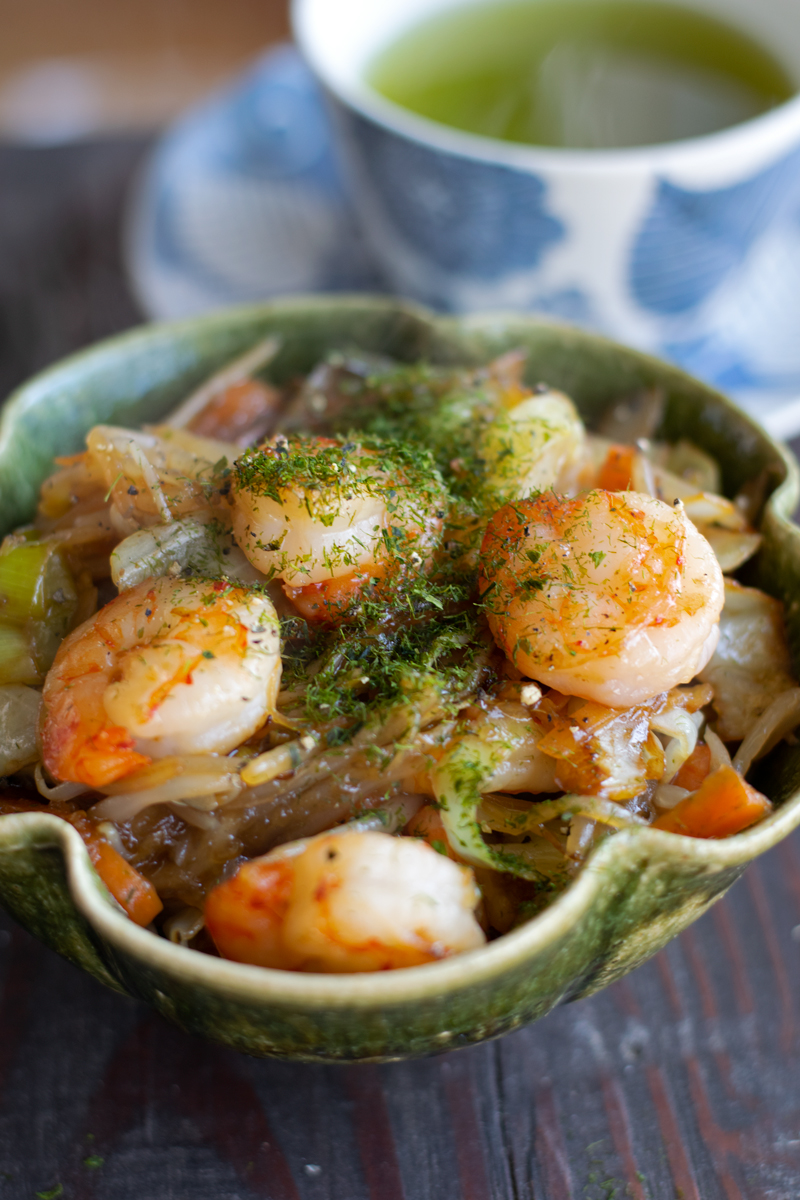
Do Japanese eat bean sprouts?
Yes, moyashi is a typical vegetable that's available at any Japanese supermarket.
You'll find bags of them on the refrigerated shelf next to leafy greens or other packaged fresh vegetables.
The sprouts only require water to grow and have a short cultivation period (4 - 7 days). That's why beans sprouts are also used an emergency food supply during times of food shortage.
Beans to grow moyashi were sent to areas struck by the tsunami in 2011.
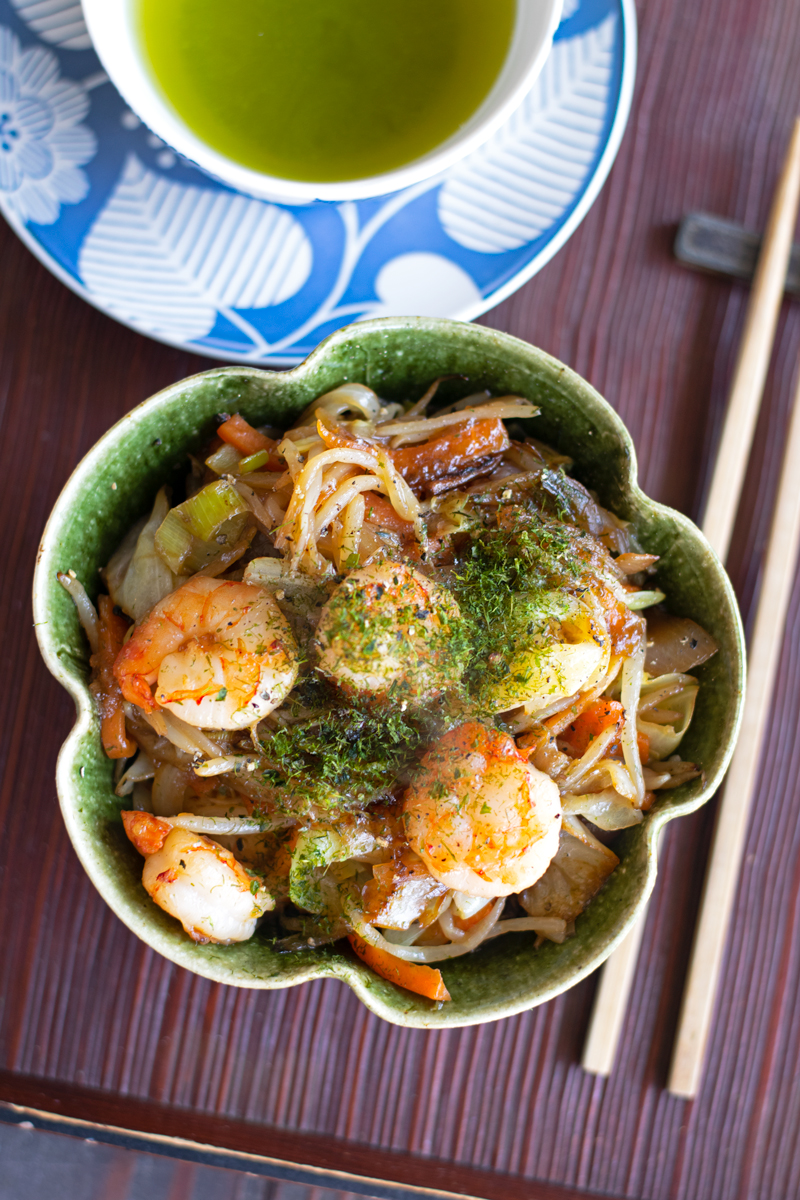
How do you eat moyashi?
In Japan, moyashi aren't consumed raw. I've never seen a dish or salad with raw bean sprouts.
To make moyashi namuru (namul), a Korean dish that's popular in Japan, bean sprouts are typically blanched first. Then they're mixed with other ingredients to give them flavor. Sesame oil is typically used in both Korean and Japanese versions of this dish.
To make moyashi itame (stir fry), the bean sprouts are cooked in a fry pan or wok on medium to medium high heat.
You can find my recipe for moyashi itame below.
Moyashi can also go in miso soup and on top of a bowl of ramen.
Not quite as common, but bean sprouts can also go in tsukune meatballs and inside omelettes.
Outside of Japan, I associate bean sprouts with banh xeo, Vietnamese-style crepes. Banh xeo are typically filled with shrimp and bean sprouts, just like this recipe!
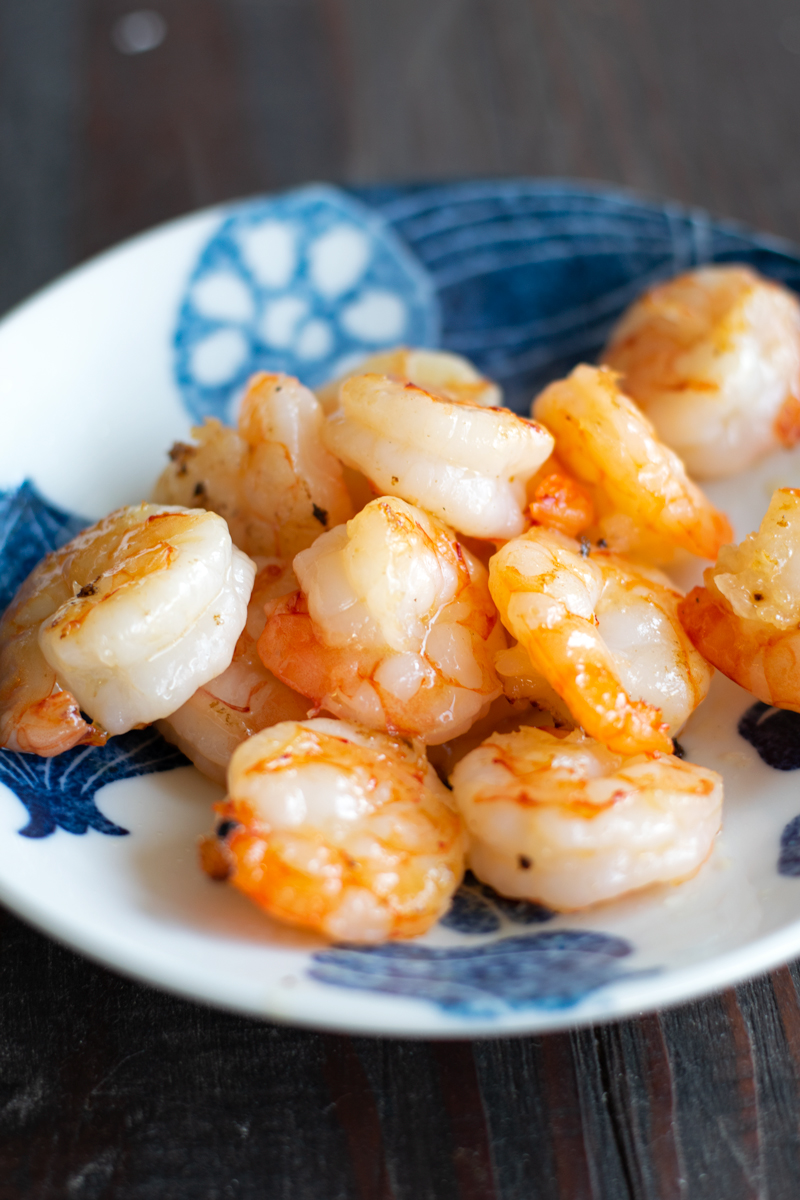
Eat moyashi on a shoestring budget
Living in Japan, my image of bean sprouts have always been that they're cheap.
The bags of organic bean sprouts I always buy are only 80 yen per bag. Yasui ne!
At the popular ramen chain Ippudo, they even have them out as a free, all-you-can-eat side dish.
Especially for young families with children or students on a tight food budget, bean sprouts are one of the most economical choices to add some vegetables to your dinner table.
Moyashi nutrition - Are mung bean sprouts good for your health?
Like many other sprouts, mung bean sprouts are packed with vitamins and minerals, including vitamins A, B1, B2, C, E and niacin as well as potassium, phosphorus and iron. Mung bean sprouts are also rich in dietary fiber (source: plantura).
Because the beans are sprouted, they become even more nutritious. Sprouting increases mung beans’ flavonoid and vitamin C contents up to 7 and 24 times, respectively. This boosts their antioxidant properties (source: healthline).
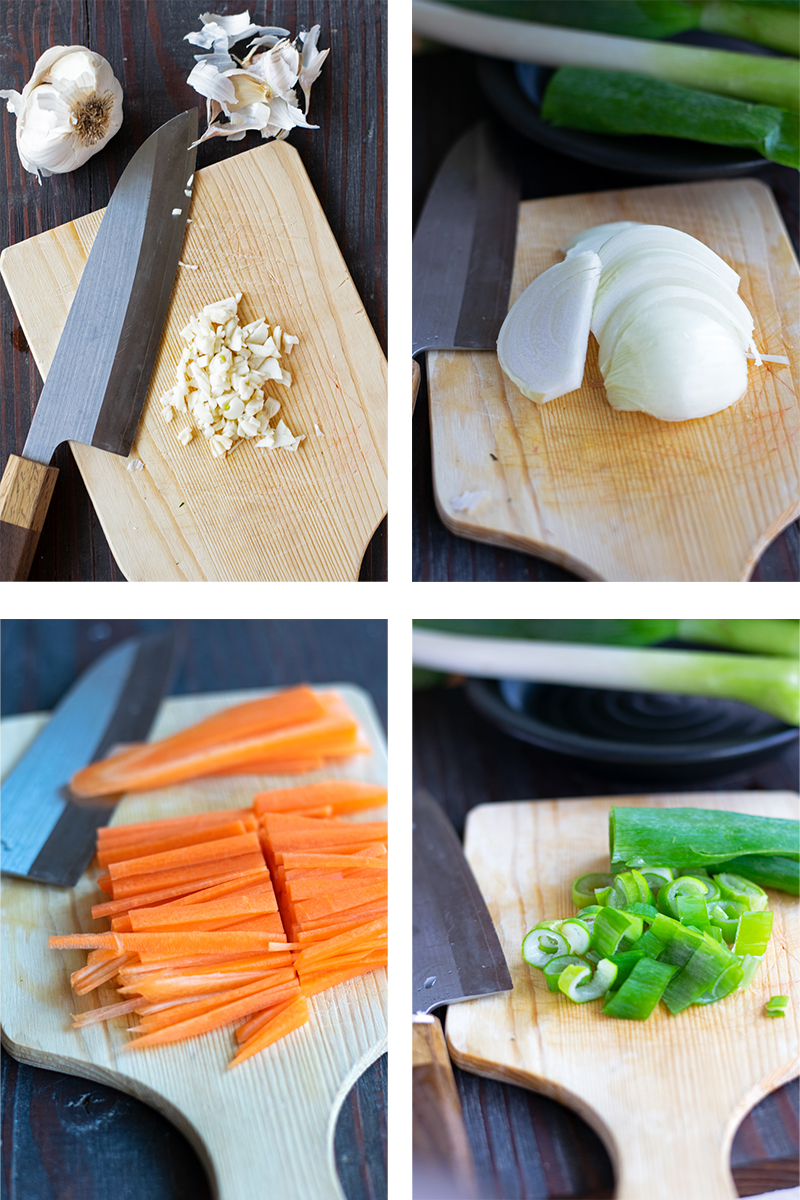
Japanese Moyashi Recipe Ingredients
1. peeled shrimp
2. sesame oil
3. fresh garlic
4. onion
5. carrot
6. cabbage
7. spring onion or green onions
8. bean sprouts
9. potato starch
10. cooking sake
11. soy sauce (or gluten-free alternative)
12. aonori (optional garnish)
13. vinegar (optional)
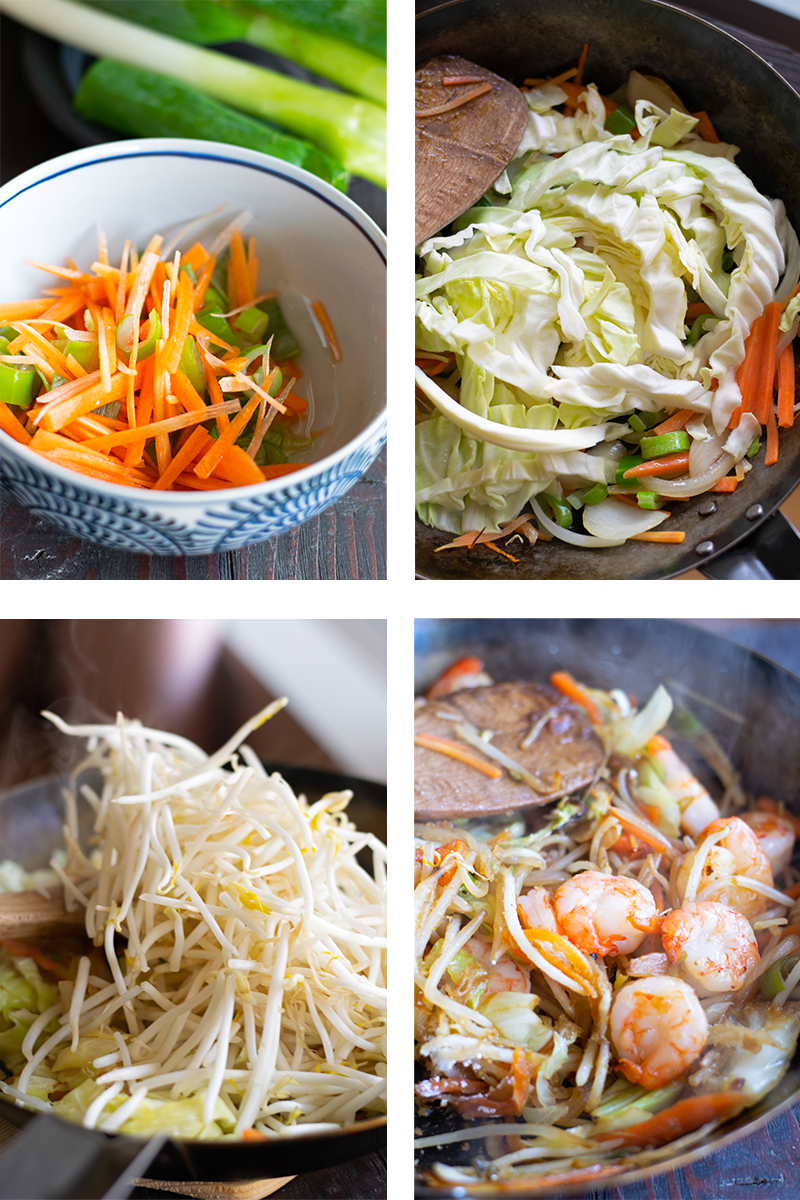
Kitchen Tools Needed
1. medium-sized or large bowl: for mixing shrimping with starch, sake, and salt
2. small bowl or cup: for chopped carrots and green onions to soak in the sake
3. frying pan: medium to large pan that you would use to make stir-fried vegetables
4.spatula: I prefer using a sturdy wooden spatula.
5. sharp knife: for chopping garlic, cabbage, and cutting onions, carrots, and green onions
6. cutting board
7. vegetable peeler: for carrots
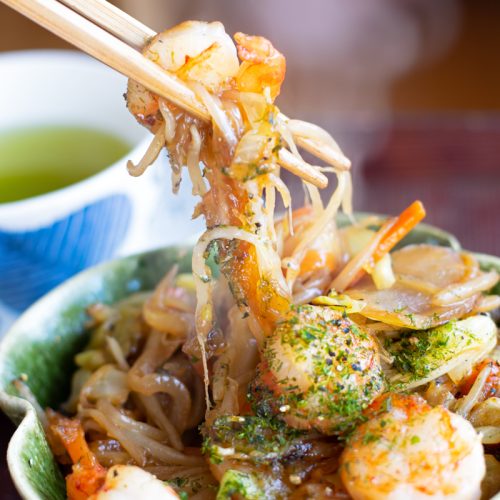
Moyashi Bean Sprouts
Ingredients
For Shrimp
- 100-150 grams shrimp about 10 medium size raw shrimp
- 1 tablespoon cooking sake
- 1 tablespoon potato starch
- 1-2 pinches sea salt
- 1 tablespoon sesame oil
- 2-3 cloves fresh garlic medium size
For Vegetable Sti Fry
- 1 tablespoon sesame oil
- ⅓ onion about ½ cup chopped
- ½ -1 carrot medium size (to make ¾ cup julienne- sliced)
- 1 cup cabbage chopped
- 1-2 stalks green onion to make make ½ to ¾ cup sliced
- 1 bag moyashi bean sprouts
- 2 pinches sea salt
- 1 tablespoon soy sauce (or gluten free alternative)
- 1 tablespoon chicken soup stock
- 1 teaspoon cooking sake
For Garnish
- 2-3 dashes aonori seaweed powder
- freshly ground black pepper
- 1 tablespoon rice wine vinegar optional
Instructions
Prepare ingredients
- Peel and clean shrimp (if needed).
- Use a strainer to rinse off shrimp under the faucet. Then, pat dry with paper towel.
- Soak shrimp in mixture of sake, potato starch, and a 1-2 pinches of salt.
- Peel garlic cloves. Slice garlic cloves crosswise and chop into smaller pieces. Set aside.
- Chop off the portion of onion you're going to use. Peel the onion. Slice with the grain into half moon slices (about 2cm wide). Set chopped onion aside.
- Rinse clean carrot in water. Peel half of a carrot. Chop off the peeled portion of carrot. Then, slice the carrot lengthwise into julienne sticks.
- Add carrot slices to a bowl or cup. Add cooking sake and let the carrots soak.
- Cut off two short stalks of green onion. Rinse clean in water. Slice green onion crosswise into about 2 - 3 cm wide slices.
- Soak green onion in sake with the carrots.
- Using your fingers, squeeze the green onions to help it absorb the sake.
- Rinse clean and chop cabbage into bite-size pieces.
- Using a strainer, rinse off bean sprouts.
Cooking Garlic and Shrimp
- Pre-heat fry pan on low heat.
- Add 1 tablespoon of sesame oil to fry pan.
- Once sesame oil warms up, add chopped garlic to the pan.
- Stirring with a spatula, cook garlic for 1 - 1.5 minutes.
- Once garlic begins to brown, add shrimp to the pan.
- Turn the heat up slightly. Stir shrimp and garlic from time to time with a spatula.
- Once shrimp begin to brown, remove shrimp and garlic from pan. Set aside on a plate.
Cooking Vegetables
- Bring a medium saucepan of water to a boil. Blanch bean sprouts for one minute. Then drain them using a strainer. Set aside while stir-frying the vegetables.
- Heat fry pan on low heat.
- Add 1 tablespoon of sesame oil to fry pan.
- Once sesame oil warms up, add chopped onion to the pan.
- Stir onions occasionally. Cook onions until it softens and the edges begin to brown.
- Then add the julienne-sliced carrots. Turn the heat up to medium to medium high.
- Stirring with a spatula often, cook carrot for about 2 minutes or until the begin to soften.
- Then, add cabbage and spring onion to the pan.
- Continue to stir often with a spatula to prevent burning.
- Once cabbage softens and begins to brown, add moyashi.
- Continue to stir with spatula.
- Add 2 pinches of salt, soy sauce, and chicken stock, and potato starch. Stir together until all the potato starch is mixed in.
- Add sake and mix in with spatula.
- Finally, add the cooked shrimp with garlic. Mix together with spatula.
- Add freshly ground pepper to season. Stir again with spatula.
- Top with rice vinegar or sushi vinegar (optional but recommended!)
- Sprinkle aonori on top (optional but recommended!)
Notes
Other dishes to serve with this one:
Ajitamago (Seasoned Ramen Egg)
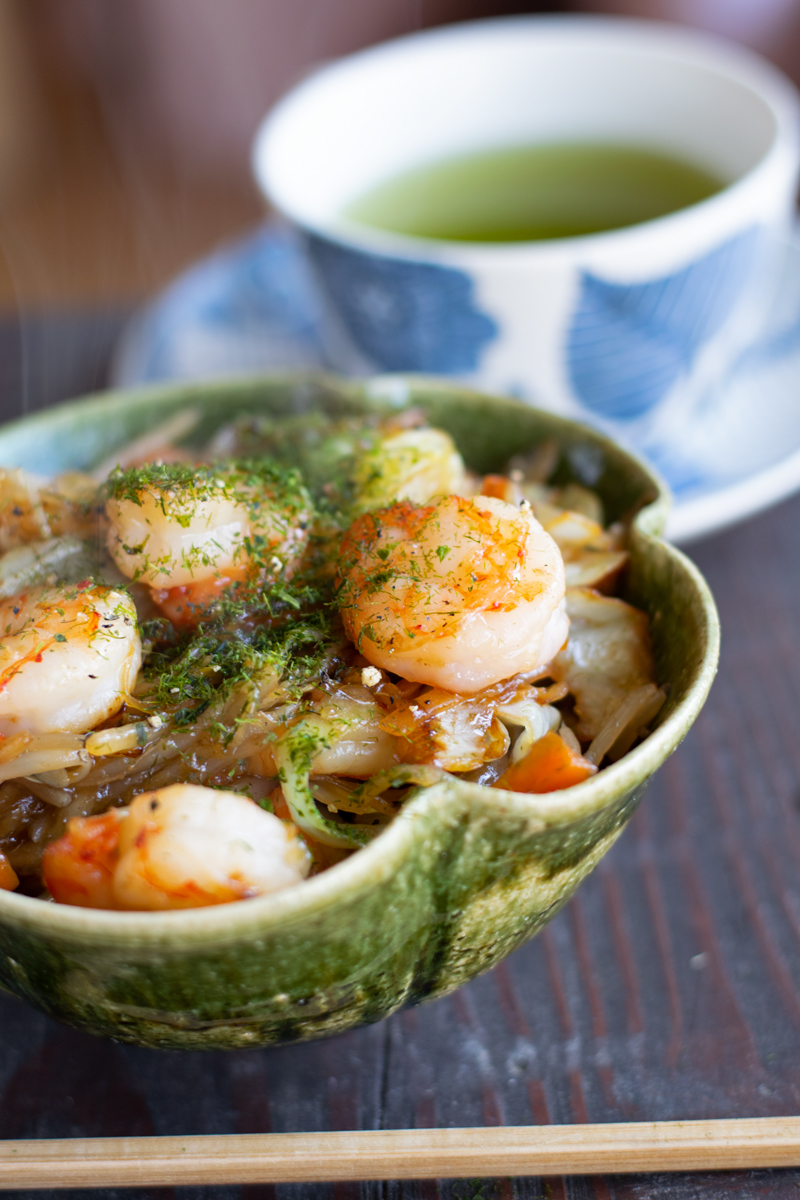
Frequently Asked Questions
1)What can I do with a bag of bean sprouts?
There are lots of different recipes you can try out: Korean, Chinese, Japanese, or Vietnamese.
You can add bean sprouts to your stir-fry, make them into a salad, or even mix them with minced meat to grill into Japanese-style tsukune meat balls or patties. You can also add them to miso soup or bowl of ramen.
Bean sprouts tend to go with sesame oil, soy sauce, chicken stock, and vinegar. I also recommend seasoning them with black pepper.
2) Do you wash bean sprouts?
Yes. I put them in a strainer/colander. Then, wash them thoroughly under cold water. Using my fingers, I gently mix the bean sprouts around. Remove any brown or damaged sprouts. Alternatively, you can let them soak in cold water for a few minutes.
Since bean sprouts aren't grown in soil, you don't need worry much about removing dirt. Just note that bean sprouts can harmful bacteria such as Salmonella and E. coli.
3)How should bean sprouts be cooked?
In all the recipes I've seen, bean sprouts tend to be blanched (boiled quickly for about a minute). This keeps bean sprouts nice, crispy texture.
If you do some research, you'll see that there's a risk of bacteria on raw bean sprouts that can cause food poisoning.
After blanching or steaming bean sprouts, you can add them to a fry pan to stir fry in hot oil.
4)Do you have to boil bean sprouts before cooking?
No, technically you don't. Though, I highly recommend it.
5)What's the difference between mung beans and bean sprouts?
There are different varieties of bean sprouts, just like there are different varieties of beans.
Mung beans are the beans. Once they grow sprouts, they are called mung bean sprouts. Mung bean sprouts are one variety of bean sprouts.
6)What's the difference between soybean sprouts and mung bean sprouts?
Soybean sprouts and mung bean sprouts are very similar. Soybeans sprouts are the sprouts of soybeans and mung beans sprouts are the sprouts of mung beans.
Here is a good article to learn about the subtle differences in appearance, taste, and culinary uses.
7)What are some other recipes for moyashi (bean sprouts)?
Korean bean sprouts salad, spicy bean sprout salad, moyashi namuru (Korean), moyashi ohitashi, and moyashi goma-ae.
8)How to get rid of smell of bean sprouts?
Washing: Make sure you wash your sprouts thoroughly.
Soak: You may want to try soaking your sprouts in cold water for a few minutes. Also, I've read that you can also add a little bit of vinegar or lemon juice to the water.
Cooking: When cooking, I add some Japanese cooking sake to neutralize the smell of bean sprouts.
Throw away: If the smell is really strong, that might be a sign that they are no longer fresh. You may have to throw them out.



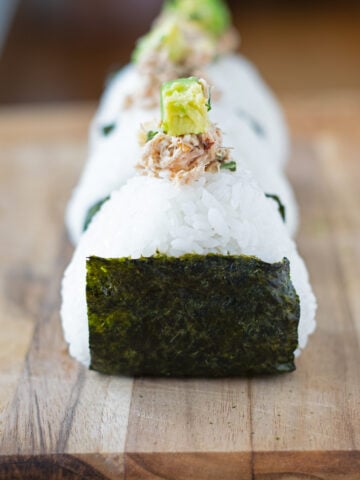

Leave a Reply